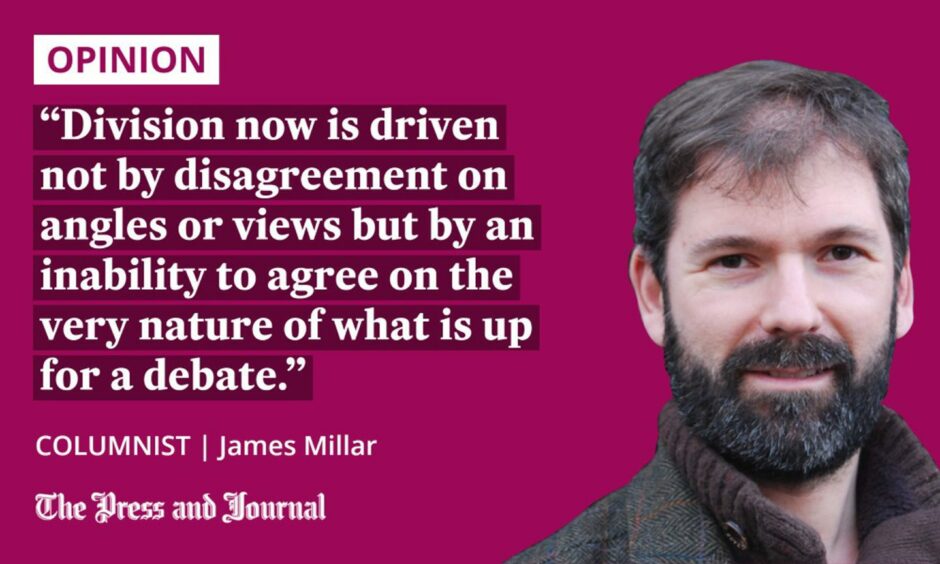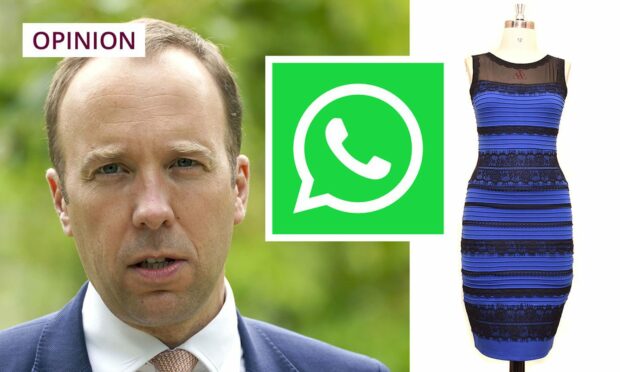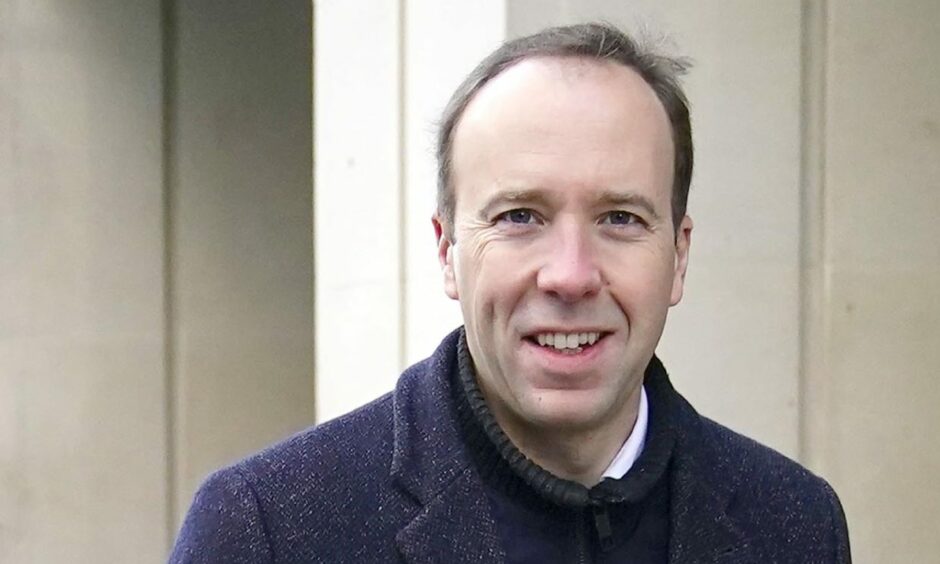Matt Hancock’s WhatsApp messages are just a partial picture of what was happening in Whitehall, writes James Millar.
It’s tempting to think it started with that dress. 2015 was the year the world went mad arguing over whether a dress was blue and black or white and gold.
And it feels like that set the tone for public disagreement in the years since. Where we used to be able to agree on colour but debate over shades and preferences, now different factions look at the world and actually see different things.
Recent controversies have demonstrated this yet again.
Let’s start with Sue Gray. She’s good company and dedicated to good government.
When I met her last year at an event I broached the topic of partygate with caution. But she was happy to talk about it and the toll it had taken, revealing how lonely the process had been given she could not speak about her work with anyone at the time and how she had considered walking away from it but for her sense of duty to see the task through.

Mental effort to maintain impartiality in partygate report
To me, it’s unsurprising that such a grim experience and the mental effort to maintain impartiality might drive her from the civil service and into the employ of Keir Starmer as his chief of staff.
But others see things differently.
One Tory I spoke to would not disavow their opinion that Labour hiring Gray was evidence of a stitch up that had unfairly undone Boris Johnson, even when talked through the logic of that position.
🗣 A minister has suggested the Labour Party is "trying to hide" the details surrounding the appointment of Sue Gray as Sir Keir Starmer’s new chief of staff.
Read the latest on our liveblog ⬇️https://t.co/CAWcYDB0AY pic.twitter.com/wb3onLLzup
— The Telegraph (@Telegraph) March 6, 2023
Those that hint at a conspiracy are really suggesting that Keir Starmer and Sue Gray sat together one night and hatched a plot to make Boris Johnson break his own lockdown rules with Downing Street booze ups, then make Cabinet Secretary Simon Case potentially complicit in order to get him taken off the original investigation, then ensure that of all potential candidates it was Gray who got the call to pick up the partygate inquiry, then write a final report that was so far short of a hatchet job that Johnson welcomed it as vindication.
It’s a preposterous concept.
And yet many are convinced that’s the truth of the matter.
Matt Hancock WhatsApp just a partial picture
Those who see the dress as white and gold simply cannot see it any other way.
The same applies to the Matt Hancock WhatsApps. They are a partial picture of what went on in Whitehall as the pandemic struck the UK. In fact just a peek of that partial picture. The news organisation that now owns the messages is only releasing what they see fit to share. But what’s out there is enough for some people.
If you think the government were involved in a wicked scheme to cow the population and wreck the nation’s economy and mental health for some unspecified purpose then you’ll be more convinced of your position this week than you were last.
If you believe those in Westminster were muddling through an unprecedented crisis and that Boris Johnson and Matt Hancock were too narcissistic and unworldly for the moment while Chris Whitty and Patrick Vallance acquitted themselves with aplomb then, again, the disclosures will only cement your opinion.
Blue and black, white and gold.
I’d cleave to the latter opinion – on the texts, not the dress, it’s obviously blue and black.
Melding the past to their own worldview
The Hancock WhatsApps were trailed as showing groupthink in Whitehall when they appear to demonstrate anything but. Boris Johnson kept challenging the scientific advisors – as was his right and duty – and they calmly explained maths to him.
Matt Hancock didn’t need to scare folk about Covid. It was at that time an incurable and unknown bug killing tens of thousands of people. Quite frightening enough.
What’s more concerning than the contents of the messages is the way they came to light, via a journalist and an outlet pushing an agenda. It smacks of an approach beloved of dodgy populists the world over – rewriting history. These people can’t own the future, Liz Truss tried that and only succeeded in adding to our mortgage costs for years to come. Instead they look to the past, to meld it to their worldview.
But the history is complex and nuanced, a kaleidoscope not a magnifying glass. So they seize on sources like the Hancock messages that they claim show a simpler story. There was a time that was a foolish effort, for arguments would be had, positions debated and a shared history emerged. Increasingly it feels like that approach belongs to a different, nobler time.
Division now is driven not by disagreement on angles or views but by an inability to agree on the very nature of what is up for a debate. Insignificant when it’s a dress that’s the cause of controversy but greatly concerning when it is the very material that makes up our democracy that is being frayed and unpicked.
James Millar is a political commentator, author and a former Westminster correspondent for The Sunday Post


Conversation